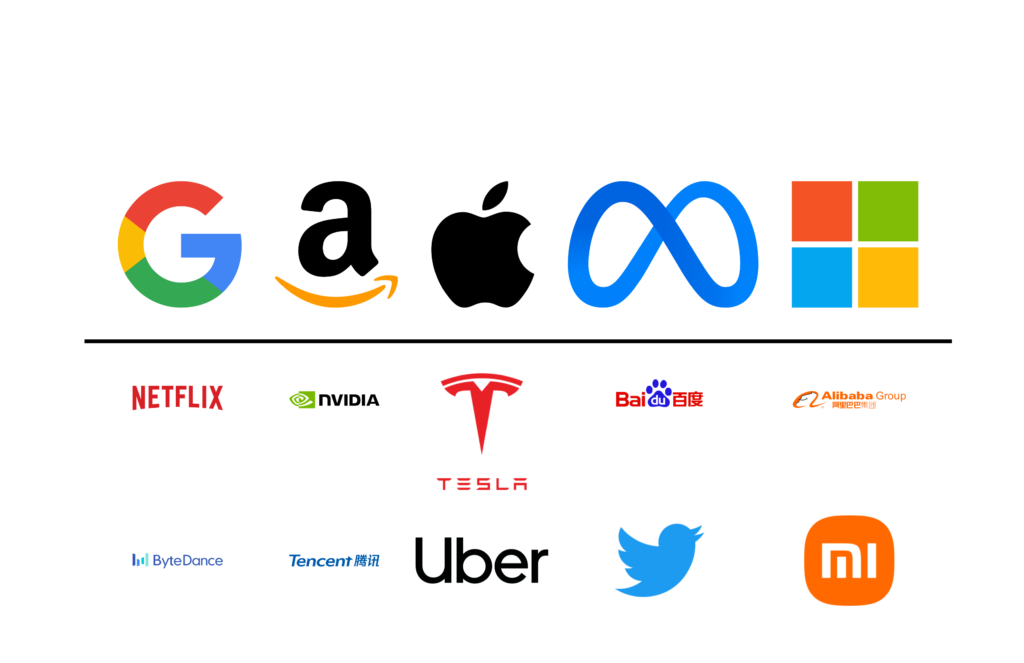The tech industry in the United States has long been seen as a land of opportunity, innovation, and high salaries. But beneath the surface of flashy campuses and billion-dollar valuations, troubling concerns are rising about labor practices. From intense work hours to contract labor exploitation, the American tech sector is under scrutiny for how it treats its workforce.
Tech industry labor practices are now facing renewed pressure from lawmakers, labor activists, and even employees themselves. The question remains: Is the American tech dream sustainable for the people building it?
Long Hours, High Stress, and Burnout Culture
Tech jobs often come with generous salaries and perks like free lunches and game rooms. However, these benefits often mask the brutal expectations placed on employees. A common complaint among workers in companies like Amazon, Meta, and Google is the “hustle culture” that leads to burnout.

Employees report working 60-80 hours a week during product launches or system overhauls. Even junior engineers and interns describe long workdays and unspoken pressure to sacrifice personal time. According to a 2024 Harvard Business Review, over 65% of tech workers in the US reported experiencing burnout symptoms, including anxiety, fatigue, and poor sleep.
Contract Workers and the “Invisible Workforce”
A growing portion of the tech workforce isn’t even employed full-time by the companies they work for. Contract workers—who include customer support agents, content moderators, software testers, and janitors—often perform vital roles without enjoying the same pay, benefits, or job security as their full-time colleagues.
For example, Google has more than 100,000 contract workers, often referred to as “TVCs” (temps, vendors, contractors). These workers don’t receive the same healthcare, retirement plans, or paid time off that full-time employees do, even though they work in the same offices and follow the same schedules. A 2023 report from The New York Times highlighted the mental health challenges faced by these workers, especially those exposed to graphic content in moderation roles.
Discrimination and Diversity Gaps in Hiring
Despite the industry’s outward claims about embracing diversity and inclusion, data shows otherwise. Women, people of color, and older workers are still underrepresented in key technical roles. A 2023 Equal Employment Opportunity Commission (EEOC) report showed that Black workers make up only 4.5% of technical roles in the major Silicon Valley firms, despite representing 13% of the U.S. population.
There have also been repeated lawsuits alleging racial and gender discrimination. Tesla, for example, has faced multiple cases involving racial abuse and unsafe working conditions in its Fremont, California factory. These cases have brought negative media attention and further calls for internal reform.
Unionization and Employee Protests Are Rising
In response to poor working conditions, more tech employees are taking a stand. In recent years, employee-led protests, walkouts, and unionization efforts have become more common in the tech industry.

In 2022, Amazon warehouse workers in Staten Island successfully voted to form the first union in the company’s history. This set off a wave of interest in unionizing among both tech and blue-collar workers in the industry. Meanwhile, Google workers formed the Alphabet Workers Union in 2021, which has grown steadily and now represents both full-time and contract workers.
These movements are not only fighting for better wages and benefits but also for more transparency in hiring, improved mental health support, and ethical workplace policies.
Remote Work and Its Mixed Impact
The COVID-19 pandemic triggered a major shift in work culture across the tech industry, with remote work becoming a new norm. While many employees embraced the flexibility, others struggled with the lack of boundaries between work and life.
Some companies, like Zoom and Meta, have started enforcing return-to-office policies, leading to tension between leadership and staff. A recent CNBC article revealed that Meta’s strict in-office mandates caused a spike in resignations and employee dissatisfaction.
Remote work also raises concerns for gig and contract workers, who often lack access to the same home-office support and may be left out of key company meetings or decisions.
Government and Legal Attention Increasing
The U.S. government is starting to take a closer look at tech industry labor practices. The Department of Labor has launched multiple investigations into wage theft, overtime violations, and unsafe working conditions in tech-related warehouses and data centers.
In California, the AB5 law aimed to reclassify gig workers (such as those for Uber, Lyft, and app-based services) as employees instead of independent contractors. Though tech companies pushed back hard against this legislation, it signaled a shift toward more labor accountability in tech.
Additionally, antitrust actions by the Federal Trade Commission (FTC) and Department of Justice (DOJ) are also indirectly influencing how tech companies manage internal policies, especially those related to non-compete clauses and wage-fixing agreements.
Future Outlook: Can Tech Rebuild a Fairer Workplace?
The U.S. tech industry remains a global powerhouse, but its reputation is now at stake. As more workers speak out, and public pressure grows, companies may be forced to improve their employment policies.
Experts suggest that greater transparency, government regulation, and employee-led change are the most likely ways to reform the current system. Measures such as standardized mental health support, clear pay equity reports, and benefits for contract workers are being demanded across the board.
As the industry evolves with AI, automation, and global hiring, its responsibility to workers becomes even more critical. The companies that prioritize ethical labor practices will not only attract top talent but also build more resilient and trustworthy brands in the long term.
For further reading on recent tech labor issues, visit this detailed Bloomberg analysis on Amazon’s working conditions.
Let me know if you want the article to be repurposed for LinkedIn, a blog, or included with infographics.
Also Read – Quantum Leap: How USA Is Building Superfast Future Computers






